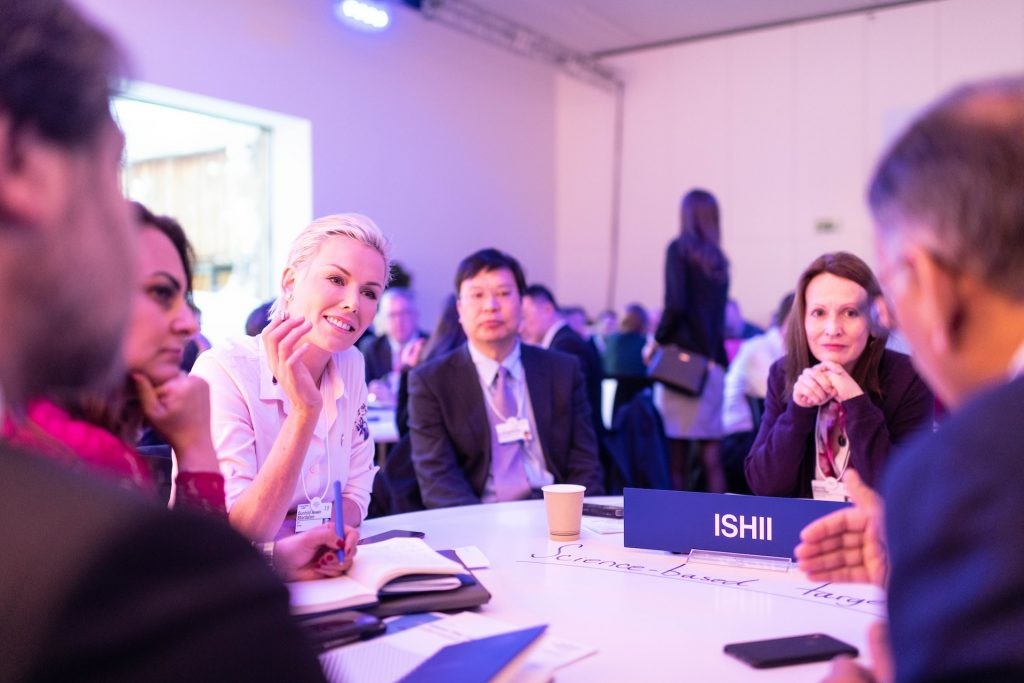The cavernous exhibition hall, the buzz of a thousand conversations, the frantic exchange of business cards destined for a drawer marked “someday”— for decades, this was the iconic image of event networking. It was a system built on physical proximity, chance encounters, and the hope that a brief handshake could blossom into a meaningful professional relationship. Then, the world shifted. AI-driven instruments like https://speak-up.pro/en that help speakers and organizers find each other online and create stable connections and interactions is one of the most powerful trends.
The pandemic didn’t just pause in-person events; it accelerated a fundamental restructuring of how we connect, collaborate, and build community. In its wake, a new, more sophisticated, and potentially more powerful paradigm for event networking has emerged, one that is permanently reshaping the critical relationship between speakers and organizers.
The future of event networking is not about replicating the offline experience online. It is about leveraging the unique capabilities of the digital realm to create deeper, more intentional, and enduring connections. For speakers and organizers—the twin engines of any successful event—this evolution is not merely convenient; it is revolutionary.
From Podium to Partnership: Redefining the Speaker-Organizer Dynamic
Traditionally, the speaker-organizer relationship was often transactional. An organizer secures a speaker; the speaker delivers a talk; both parties move on. The connection was frequently fleeting, limited to logistical emails and a green room introduction. The digital transformation of events has shattered this model, demanding a more integrated, collaborative partnership.
Modern virtual and hybrid platforms have turned speakers from mere content providers into central pillars of the event ecosystem. They are no longer just the destination for an audience but can become guides throughout the entire journey. Organizers now have the tools to embed their speakers into the fabric of the event long before the keynote begins and long after the final slide.
This shift begins with pre-event engagement. Sophisticated event platforms allow for the creation of dedicated speaker hubs—microsites where speakers can post preview content, host AMA (Ask Me Anything) sessions, and spark discussions around their topic. This transforms the speaker from a distant expert into an accessible thought leader, building anticipation and allowing the audience to form a preliminary connection. The organizer’s role evolves from scheduler to facilitator, providing the technological infrastructure and promotional support to make this pre-networking possible.
The Tools of Connection: Moving Beyond the Virtual “Lobby”
The early days of virtual events were plagued by awkward digital lobbies and clunky chat boxes that failed to capture the serendipity of a coffee break. Today, the technology has matured, offering a suite of tools designed specifically for intentional networking between speakers and the wider event community, including organizers.
- AI-Powered Matchmaking: The most significant advancement is the use of artificial intelligence. Platforms can now analyze attendee and speaker profiles, interests, and goals to suggest highly relevant connections. An organizer can use this to connect a speaker with potential collaborators, journalists, or VIP attendees who share a specific research interest. This moves networking from random chance to strategic introduction, creating a higher probability of valuable outcomes for the speaker.
- Interactive Session Formats: The one-way lecture is a relic of the past. The future is interactive. Features like live polls, Q&A modules that allow for upvoting questions, and real-time collaborative whiteboards turn a monologue into a dialogue. This gives the organizer rich data on audience engagement and provides the speaker with immediate, actionable feedback, creating a shared experience that fosters a deeper connection with the audience—a core goal for any organizer.
- Structured Virtual Roundtables and Breakouts: Instead of hoping for a moment with a speaker, attendees can now be invited to exclusive, moderated breakout sessions post-talk. An organizer can curate these small-group discussions, ensuring a diverse mix of perspectives and facilitating a deeper dive into the subject matter. For the speaker, this is an opportunity to engage with their most engaged audience members in a meaningful way.
- The Asynchronous Network: Perhaps the most profound change is the decoupling of networking from the event’s live schedule. Conversation threads, speaker profiles, and resource libraries remain active long after the event concludes. A comment on a speaker’s presentation can turn into a dialogue weeks later, facilitated by the event platform. This allows relationships to develop organically over time, transforming a 45-minute talk into an ongoing community. The organizer’s role shifts to that of a community manager, nurturing these connections to maintain momentum year-round.
The Human Element in a Digital Framework
Amidst all this technology, a critical question remains: how do we preserve the authenticity of human connection? The answer lies not in resisting the tools, but in using them with intention. The most successful organizers of the future will be those who blend high-tech with high-touch.
This means designing networking experiences with a human-centric approach. It’s about training speakers on how to project warmth and authenticity through a camera lens. It’s about having skilled moderators in virtual rooms to guide conversation and ensure inclusivity. It’s about creating “digital campfires”—small, intimate settings that feel safe and conducive to genuine sharing, rather than massive, anonymous video calls.
For speakers, the new paradigm demands a new skillset. The ability to command a physical stage is different from the ability to create intimacy through a screen. The most sought-after speakers will be those who are not only experts in their field but also adept at engaging with digital tools, participating in chat discussions, and making themselves available for virtual meet-and-greets.
A Symbiotic Future
The future of event networking for speakers and organizers is fundamentally symbiotic. Organizers gain a more engaged, satisfied audience by providing unparalleled access to thought leaders. They can demonstrate greater ROI to sponsors by facilitating meaningful connections that extend beyond a simple logo placement. Speakers gain a powerful platform to expand their reach, build a loyal community, and forge partnerships that can lead to new opportunities—all from a global stage without geographical constraints.
The handwritten business card may be obsolete, but the value of a strong professional network is not. The digital transformation has, counterintuitively, made networking more human by making it more intentional. It has replaced the scattershot approach of the exhibition hall with targeted, value-driven interactions. The event of the future is not a moment in time; it is the ignition point for a lasting community. And at the heart of that community, connected by the intelligent and thoughtful work of organizers, will be the speakers who inspire us, challenge us, and ultimately, help us move forward, together.







